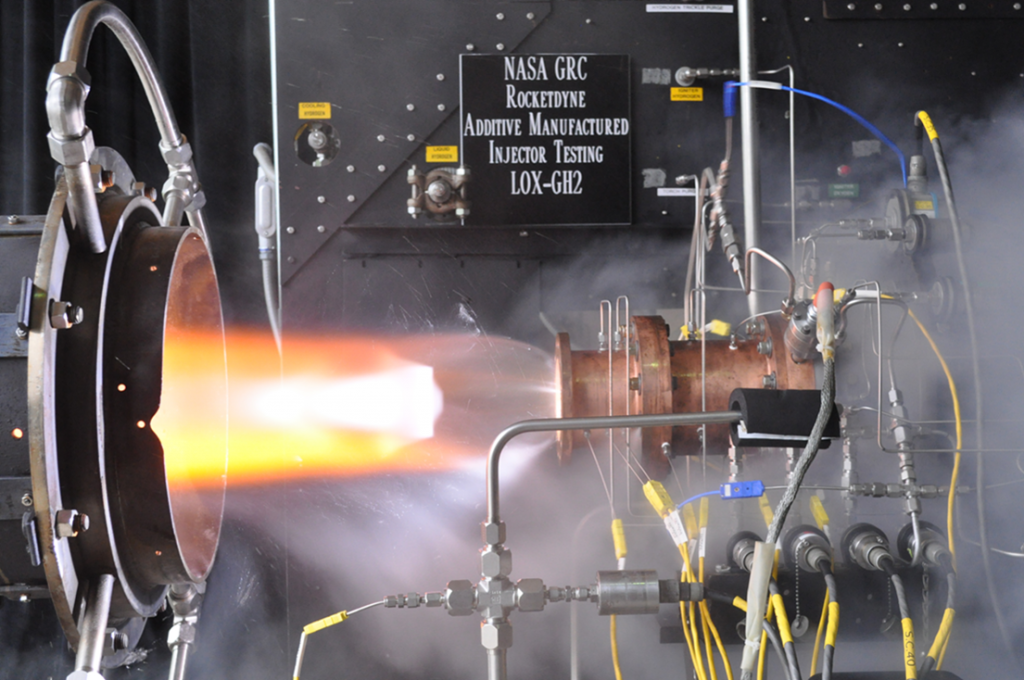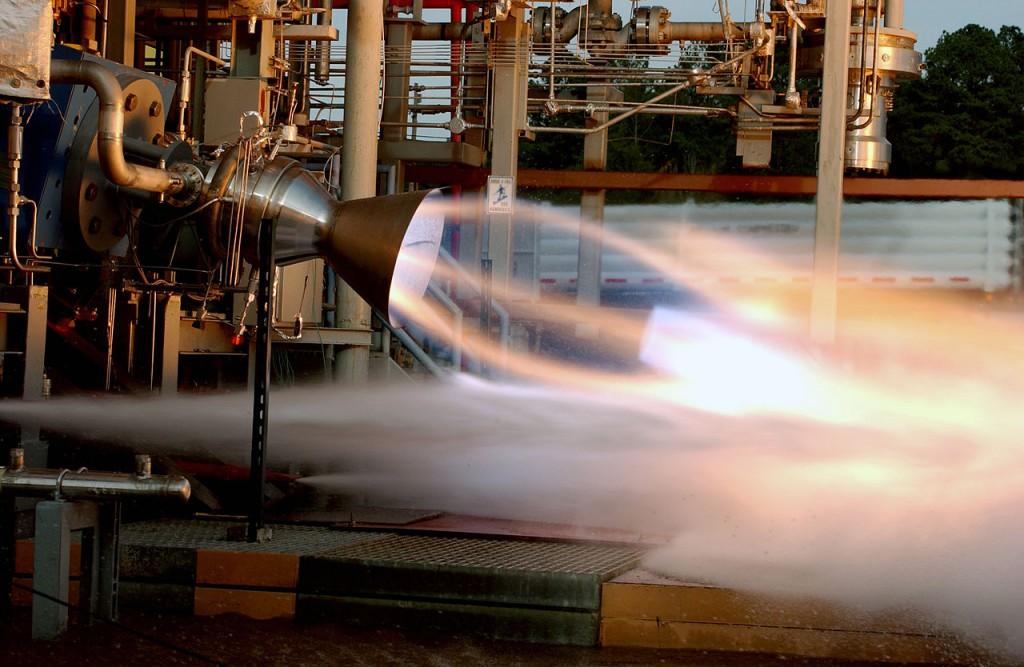It’s often funny to listen to skeptics claim that 3D printing is just a fad, and that it can’t be used for anything meaningful. From a layman’s point of view, who is looking at plastic doo-dads which have been printed on a  typical FDM based 3D printer, this is somewhat understandable, as you need to account for their lack of innovative foresight. The facts are, that every day millions of dollars and thousands of hours are being saved via additive manufacturing, within the manufacturing sector, and these number are only going to increase rapidly.
typical FDM based 3D printer, this is somewhat understandable, as you need to account for their lack of innovative foresight. The facts are, that every day millions of dollars and thousands of hours are being saved via additive manufacturing, within the manufacturing sector, and these number are only going to increase rapidly.
Last month we cover a story about how Elon Musk’s SpaceX had 3D printed one of the most important parts of their new Dragon Version 2 spacecraft, the engine chamber for the SuperDraco thrusters, which powered the highly sophisticated vehicle. This in and of itself was very impressive, with Musk stating that his company saved a ton of time and money by 3D printing the parts rather than using traditional manufacturing methods.
This week we got word that an even more impressive feat has taken place around the additive manufacturing space. Aerojet Rocketdyne, a GenCorp company, announced that they had manufactured and successfully tested an engine which had been entirely 3D printed. The liquid oxygen/kerosene engine was dubbed by the company ‘Baby Banton’, because it is one of the less powerful Banton engines they have produced. Don’t let this fact fool you though. The Baby Banton still packs a punch with 5,000 lbs of thrust.
“The demonstration of this engine, made completely with additive manufacturing, is another significant milestone in our path to changing propulsion affordability,” said Jay Littles, director of Advanced Launch Propulsion Programs at Aerojet Rocketdyne. “We are not just making a stand-alone chamber or injector derived from traditional design approaches. Rather, we are integrating the full capability of additive manufacturing processes to evolve a proven, reliable, affordable design. We are doing so with technical depth and rigor to meet our unparalleled quality and safety requirements.”
A typical Banton engine consists of dozens of different part, and will take approximately a year to design and manufacture. Using additive manufacturing, Aerojet Rocketdyne printed the engine in just three parts which included the throat and nozzle section, the injector and dome assembly, and the combustion chamber. The entire design and manufacturing process only took a couple of months and saved the company a staggering 65% of their usual manufacturing costs.
Aerojet Rocketdyne has been researching and putting to use additive manufacturing technologies for years now. Just last year, on a project with NASA, the company announced that the had successfully hot-fire tested a liquid-oxygen, gaseous hydrogen rocket injector assembly, which had been 3D printed as well.
This has been yet another extraordinary use of additive manufacturing within the aerospace industry. Saving money, time and complexity is something any company would love to take part in. With advancements within the field of additive manufacturing continuing to gain speed, it will certainly be interesting to see how far this amazing technology takes us. Let us know your thoughts on this story in the 3D Printed Engine forum thread on 3DPB.com.
Subscribe to Our Email Newsletter
Stay up-to-date on all the latest news from the 3D printing industry and receive information and offers from third party vendors.
Print Services
Upload your 3D Models and get them printed quickly and efficiently.
You May Also Like
Reinventing Reindustrialization: Why NAVWAR Project Manager Spencer Koroly Invented a Made-in-America 3D Printer
It has become virtually impossible to regularly follow additive manufacturing (AM) industry news and not stumble across the term “defense industrial base” (DIB), a concept encompassing all the many diverse...
Inside The Barnes Global Advisors’ Vision for a Stronger AM Ecosystem
As additive manufacturing (AM) continues to revolutionize the industrial landscape, Pittsburgh-based consultancy The Barnes Global Advisors (TBGA) is helping shape what that future looks like. As the largest independent AM...
Ruggedized: How USMC Innovation Officer Matt Pine Navigates 3D Printing in the Military
Disclaimer: Matt Pine’s views are not the views of the Department of Defense nor the U.S. Marine Corps Throughout this decade thus far, the military’s adoption of additive manufacturing (AM)...
U.S. Congress Calls Out 3D Printing in Proposal for Commercial Reserve Manufacturing Network
Last week, the U.S. House of Representatives’ Appropriations Committee moved the FY 2026 defense bill forward to the House floor. Included in the legislation is a $131 million proposal for...



































